
Your dish is too salty
First, let’s dispense with what doesn’t work, which is throwing a potato into the dish to soak up the extra salt. Instead, simply add more of everything else. So, if it’s soup, add more liquid. If it’s stew, add more vegetables or meat (browning them first works even better). Once that salt is diluted, your dish should be back on track.
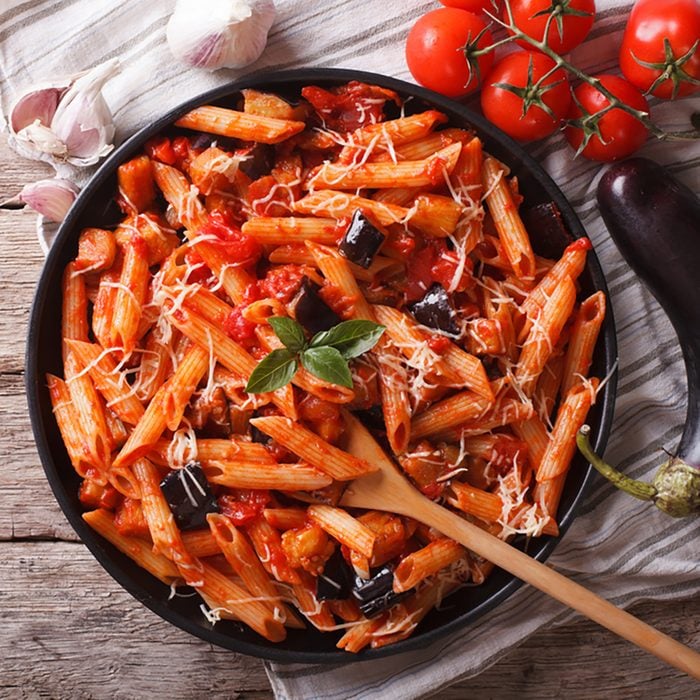
You made a dish too sour
Sourness comes from acidic ingredients (including tomatoes, wine and vinegar). If your dish tastes too sour try to add sweetness—think sugar, honey (it’s healthy!), cream or even caramelized onions. You can also dilute the dish (same as you would with a dish with too much salt). As a last resort, add a pinch of baking soda to make the dish more alkaline. Don’t add too much, though—baking soda can be off-putting.
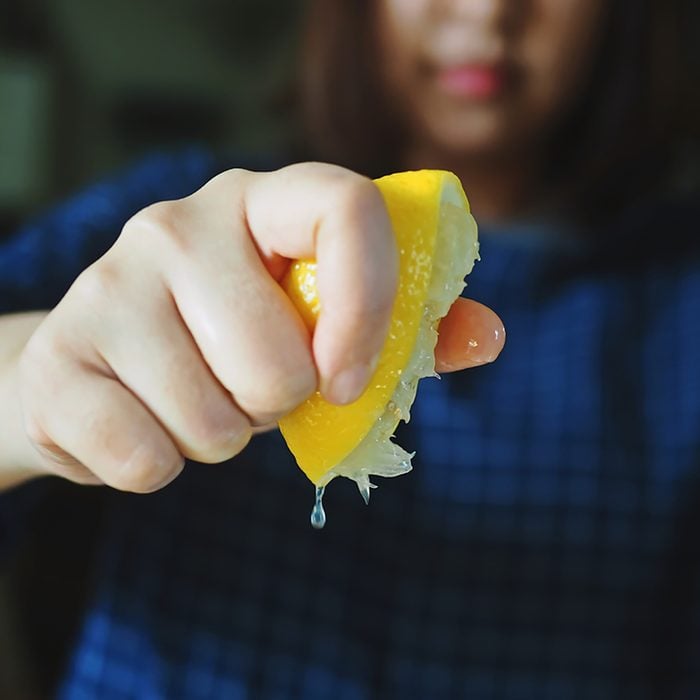
It’s a bit too tart
Tartness is a subset of sourness, but it implies that the acidity is coming specifically from citrus. It’s easily counteracted with a small amount of sugar, honey or maple syrup.
If you love tartness, though, give these citrus recipes a try.
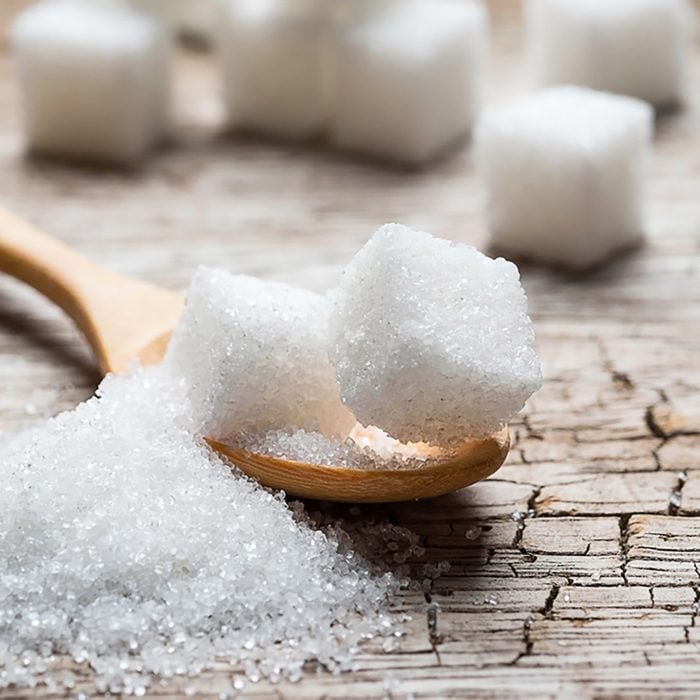
Your dish is too sweet
If your dish is too sweet, you can add acidity (lemon juice or vinegar) or a pinch of salt. These will help round out those sweet flavors.
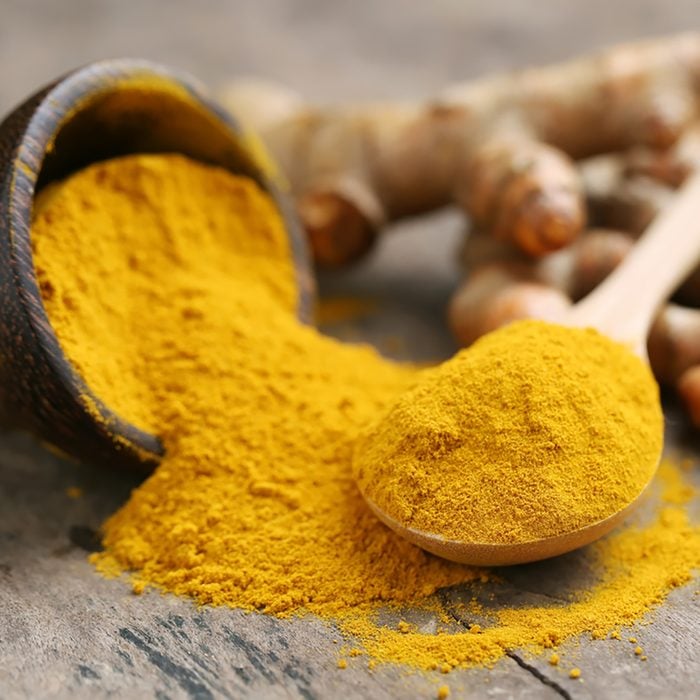
Your dish has a bitter flavor
Sometimes when you cook with certain spices or greens, your dish can end up tasting too bitter. For example, turmeric adds a bitterness (although it also adds a wonderful eastern flavor and is super-good for you). Fats and sweetness can help smooth the bitter corners of a dish, just like they make coffee taste less bitter. So add a spoonful of sugar, cream or butter to tame that bitterness.
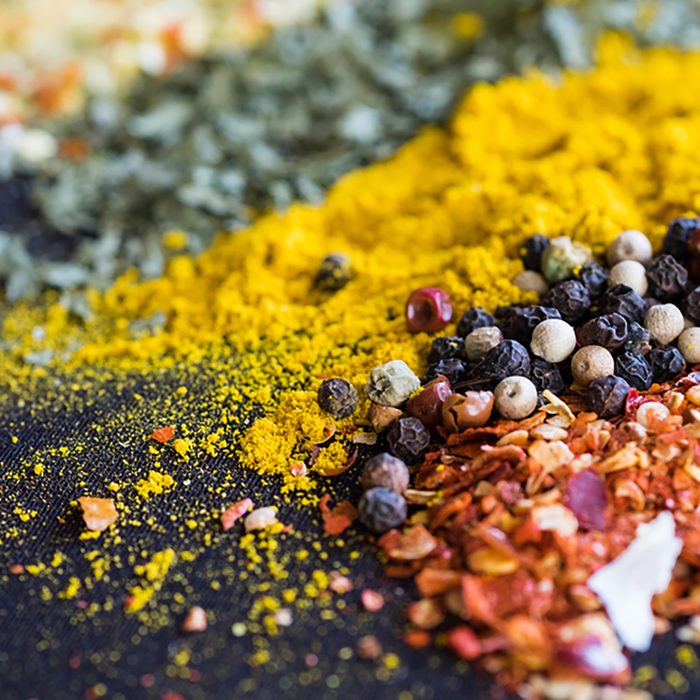
Your dish is pretty bland
When a dish is too bland, the first thing to do is add a pinch of salt, which brings out all the other flavors. You can also add a pinch of sugar to bring out sweetness or a splash of vinegar to bring out sour notes. You can also add more of the herbs and spices in the recipe, but with dried herbs and spices, use caution because a little goes a long way.
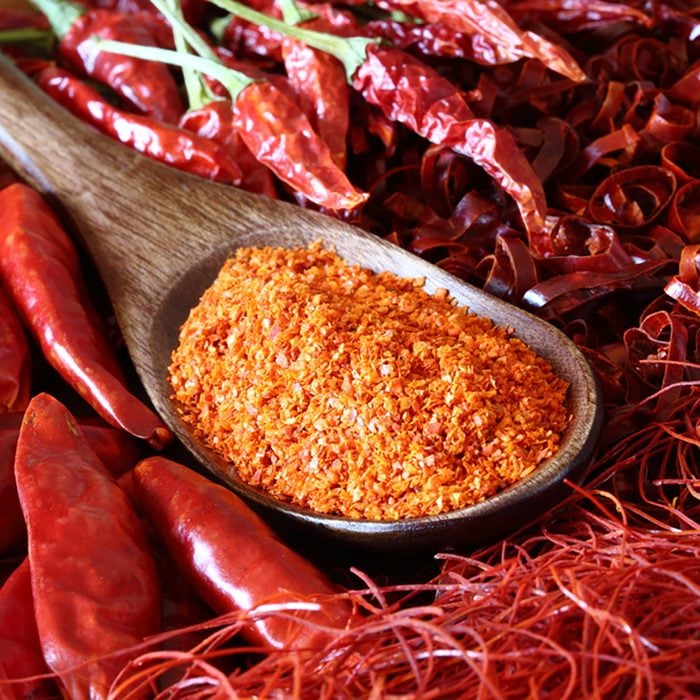
Yikes! You made your dinner too spicy
When your food tastes too spicy, and the spice comes from peppers, you can immediately counteract it with dairy such as cream or butter. Dairy products contain casein, a fat-loving compound that binds with spicy capsaicin oil and then washes it away, according to Discovery.com. If the spiciness is from non-pepper sources, you can also fix it with a touch of cream or butter. Also effective: a pinch of sugar or a dollop of nut butter.
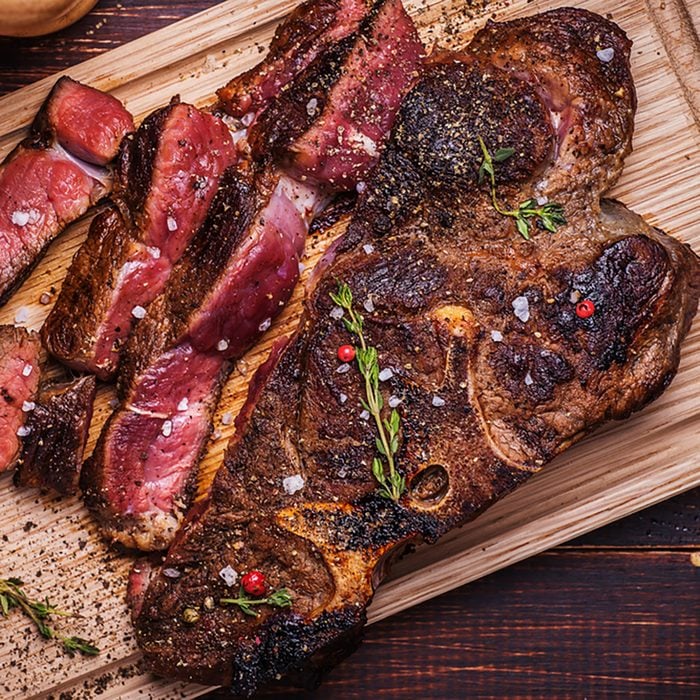
You didn’t get a good sear on your meat
To get a good sear, your cooking surface needs to be super hot. Failing to get your cooking surface hot enough isn’t fatal to your sear, however. Simply remove the meat and pop it in the refrigerator while you reheat the pan once again.
Next time remember to get that pan good and hot—a water droplet should sizzle and evaporate when dropped on the surface. Also, avoid overcrowding the pan and moving the meat around too much.
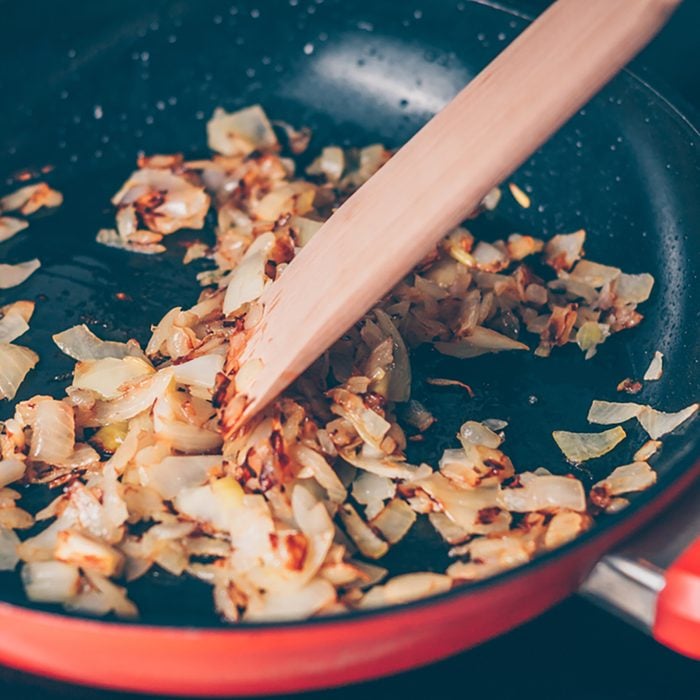
Your sauteed food isn’t browning
Always, always, always preheat your pan before adding ingredients. You want your ingredients—be they veggies or proteins—to go into a hot pan. This will help your food brown up nicely.
If you forget this step or cold food cools down a hot pan too quickly, just remove the food and reheat the pan. If your pan is overcrowded (and too much food is causing the pan to drop temp), split your dish into two pans or batches.
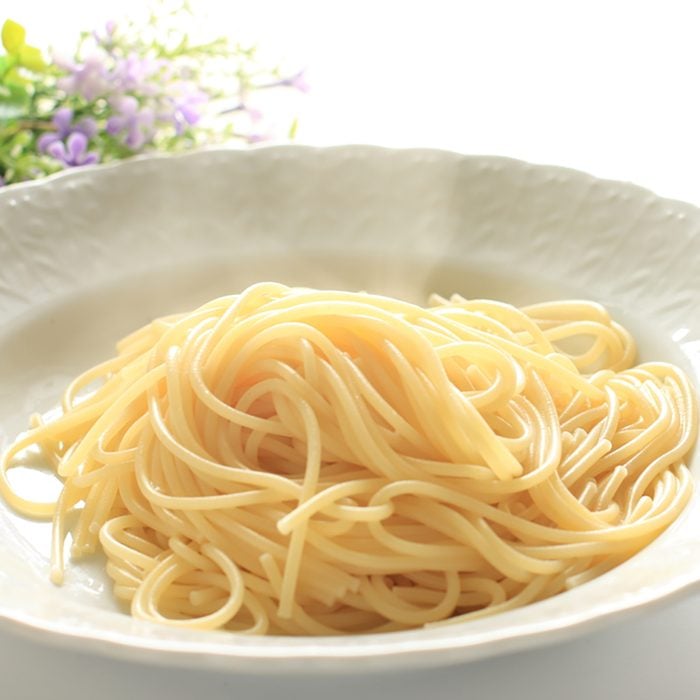
You overcooked your pasta
Surprisingly, you don’t necessarily have to start all over just because you overcooked your pasta. Instead, quickly remove only the pasta (leaving the water in the pot in case you do have to start over!) into a strainer and run cold water over it. Then drain it gently but thoroughly and fry it up in a hot pan coated with olive oil. It should crisp up on the surface.
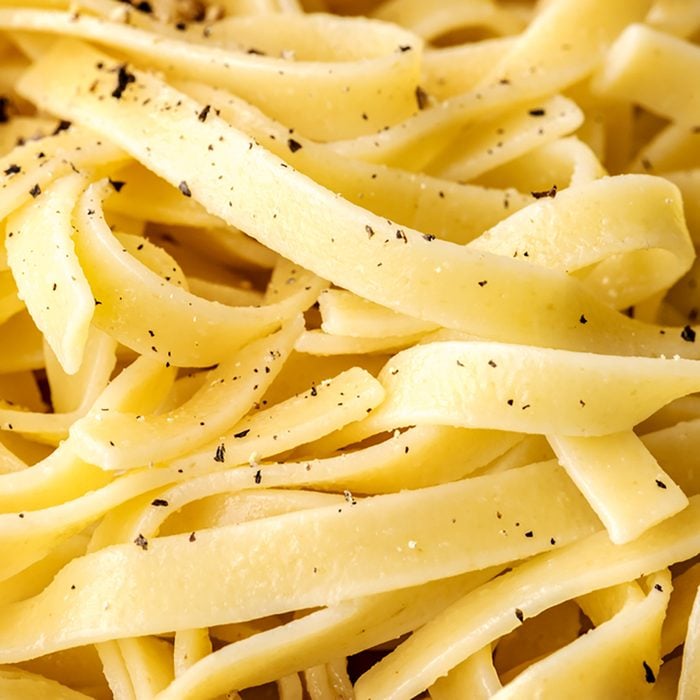
You under-cooked your pasta
This is much easier to remedy than overcooked pasta. If you saved the water (or you have time to reboil a pot), you can boil it again and place the pasta in for another minute at a time. If you didn’t save the water, you can toss the pasta in whatever sauce you were planning on serving it with and cook it together in a skillet set to low. The pasta will continue to cook in the sauce.
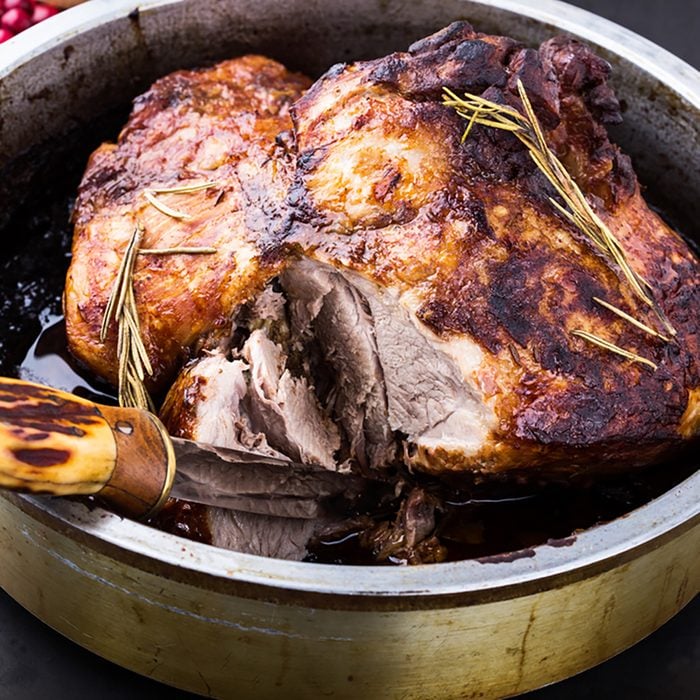
You overcooked your roast
Not much you can do here if your heart was set on serving a whole roast beyond warning your tablemates to use lots of gravy or jus. But if you’re willing to get a bit creative, you can shred the meat with two forks as in this recipe for tangy pulled pork sandwiches and sauce it up with one of these delicious barbecue sauces.
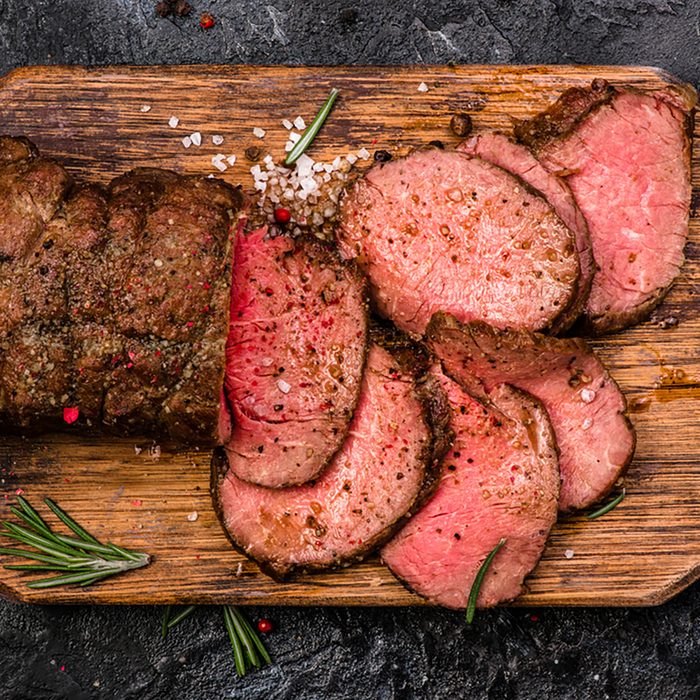
You under-cooked your roast
When your biggest mistake is that you under-cooked your roast, just pop it back in the oven because roasts are forgiving that way. To get things back on track even more quickly, you can carve up your roast before returning it to the oven. This works super-well for turkey also. Remember though, meats do continue cooking for a while after being removed from the oven. If your roast is slightly underdone (or the thermometer reads a bit low), just let it sit. It will keep cooking.
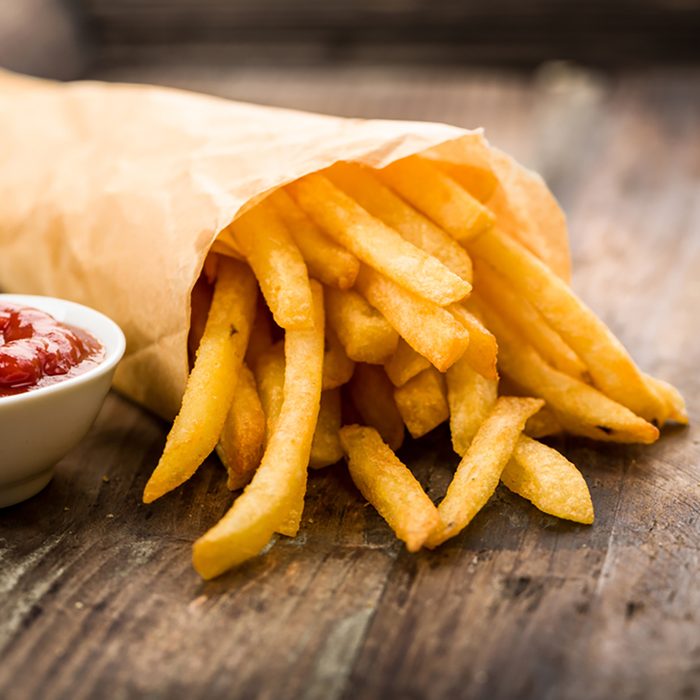
Your fries are soggy
If your fried foods are soggy, it’s probably because your oil isn’t hot enough, but it could be that you’ve crowded the fryer. In either case, if your food’s not crisping up the way you’d like, stop. Remove the food you’re frying to a plate lined with paper towels. Make adjustments to the oil temperature and the amount of food you’re frying at a time and go ahead and re-fry.
Got leftover fries? Learn how to keep them crispy here.
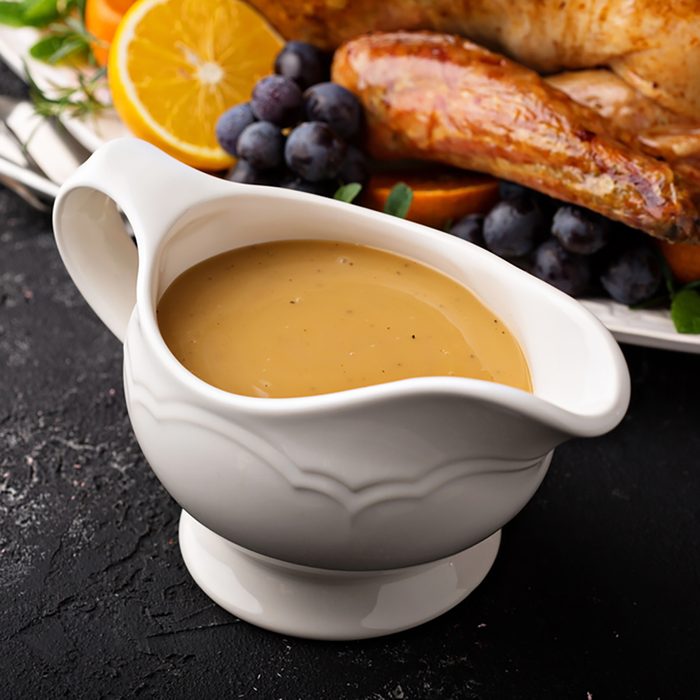
Your sauce or gravy is lumpy
Got lumps in your sauce or gravy? You can still save it. Simply turn off the heat and strain any large ingredients—think mushrooms or onions—from the sauce and set them aside. Then you can smooth out the rest of the liquid with an immersion blender. Mix those mushrooms and onions back in, and you’re ready to go.